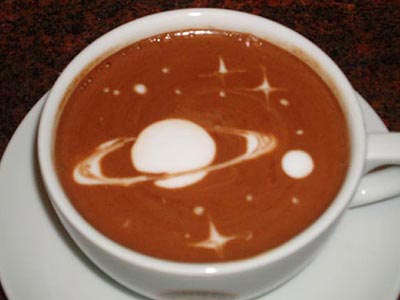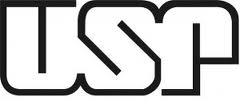 |
Café com Física |
 |
|
18/03
10:30 hrs Sala F-147 Rodrigo G. Pereira International Institute for Physics & Universidade Federal do Rio Grande Norte Topological transition in altermagnets Magnetically ordered phases of matter are usually classified by the symmetries that they break. The pattern of symmetry breaking has important consequences for the electronic band structure. For instance, in ferromagnetic metals the spin degeneracy of the bands is completely lifted by the spontaneous magnetization with a net magnetic moment, whereas in antiferromagnets the bands remain degenerate due to a symmetry that combines time reversal and lattice translation. Recently it was realized that there is an intermediate option, called altermagnetism, in which the symmetry that relates configurations with flipped magnetic moments is a lattice rotation. The order parameter of altermagnets has a nontrivial angular dependence both in real and momentum space, and the resulting momentum-dependent spin-splitting, present even in absence of spin-orbit coupling, has intriguing analogies with d-wave superconductivity and potential applications in spintronics. In this talk I will review some basic properties of altermagnet and then discuss how altermagnetic metals respond to an external magnetic field. Taking into account the effects of the crystalline environment, we show that the spin-split Fermi surfaces touch at the points where they cross nodal lines that are protected by mirror symmetries. As a consequence, for special field directions a critical field is necessary to gap out the nodes, and this critical field can be understood as a topological transition from nodal to nodeless Zeeman splitting. 
 |